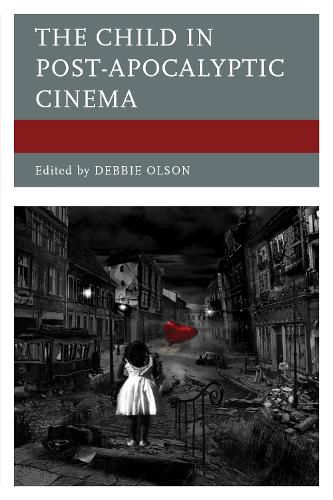Readings Newsletter
Become a Readings Member to make your shopping experience even easier.
Sign in or sign up for free!
You’re not far away from qualifying for FREE standard shipping within Australia
You’ve qualified for FREE standard shipping within Australia
The cart is loading…






The child in many post-apocalyptic films occupies a unique space within the narrative, a space that oscillates between death and destruction, faith and hope. The Child in Post-Apocalyptic Cinema interrogates notions of the child as a symbol of futurity and also loss. By exploring the ways children function discursively within a dystopian framework we may better understand how and why traditional notions of childhood are repeatedly tethered to sites of adult conflict and disaster, a connection that often functions to reaffirm the rightness of past systems of social order. This collection features critical articles that explore the role of the child character in post-apocalyptic cinema, including classic, recent, and international films, approached from a variety of theoretical, methodological, and cultural perspectives.
$9.00 standard shipping within Australia
FREE standard shipping within Australia for orders over $100.00
Express & International shipping calculated at checkout
The child in many post-apocalyptic films occupies a unique space within the narrative, a space that oscillates between death and destruction, faith and hope. The Child in Post-Apocalyptic Cinema interrogates notions of the child as a symbol of futurity and also loss. By exploring the ways children function discursively within a dystopian framework we may better understand how and why traditional notions of childhood are repeatedly tethered to sites of adult conflict and disaster, a connection that often functions to reaffirm the rightness of past systems of social order. This collection features critical articles that explore the role of the child character in post-apocalyptic cinema, including classic, recent, and international films, approached from a variety of theoretical, methodological, and cultural perspectives.